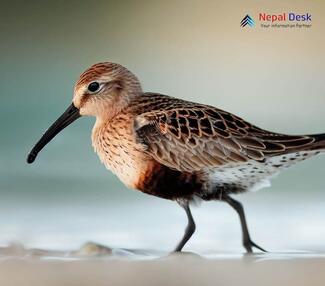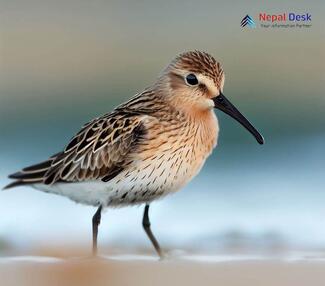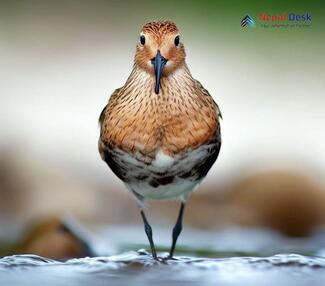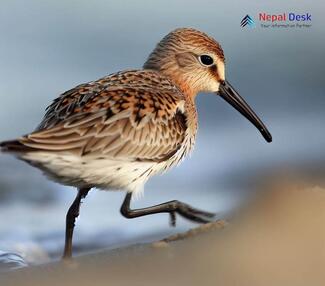Nestled in the lap of the Himalayas, Nepal is a paradise for birdwatchers and wildlife enthusiasts. Its diverse landscapes, from snow-capped mountains to lowland plains, provide an ideal habitat for numerous bird species. Among these fascinating avian visitors is the Curlew Sandpiper (Calidris ferruginea), a small wading bird that makes an incredible migratory journey between Siberia and its wintering grounds in Africa, Asia, and Australasia. This article explores the captivating sightings of Curlew Sandpipers in Nepal and delves into their unique characteristics.
Curlew Sandpipers: A Quick Overview
Curlew Sandpipers are distinctive migratory birds characterized by their long, down-curved bills that resemble those of curlews—hence their name. These elegant birds have reddish-brown breeding plumages that turn to grey during non-breeding periods. With long legs perfect for wading, Curlew Sandpipers thrive in wetland habitats, including marshes, saltpans, lagoons, and intertidal mudflats.
Sightings in Nepal: A Stopover for Rest and Refueling
During their marathon migration between Siberia and southern regions, Curlew Sandpipers travel incredible distances, making occasional stopovers to rest and refuel. One such pit stop is Nepal’s lowland plains or Terai region. Key hotspots for spotting these magnificent birds include Koshi Tappu Wildlife Reserve, Chitwan National Park, and Ghodaghodi Lake Complex. Their appearance typically peaks between August and October during their southward migration, but they can also be seen in Nepal during March-April, while heading back to their breeding grounds.
Conservation Concerns: A Declining Population
The global Curlew Sandpiper population has seen a decline over the years, earning them a "Near Threatened" status on the International Union for Conservation of Nature (IUCN) Red List. Factors contributing to this decline include habitat loss, climate change, and human disturbances such as disturbance at stopover sites.
Nepal’s Role in Curlew Sandpiper Conservation
The presence of Curlew Sandpipers in Nepal highlights the significance of preserving and managing its rich wetland ecosystem. These internationally important habitats are crucial for maintaining the delicate balance of nature and ensuring the survival of migratory birds like the Curlew Sandpiper.
In closing, the Curlew Sandpiper is a remarkable bird whose annual visit to Nepal never ceases to fascinate birdwatchers and researchers alike. Catching a glimpse of these elusive avian travelers as they grace the skies and wetlands of Nepal is truly a once-in-a-lifetime experience. By maintaining its commitment to sustaining a healthy environment that supports these extraordinary migrants, Nepal continues its participatory role in global conservation efforts, securing the future for countless bird species that rely on this breathtaking country as a sanctuary along their migratory journeys.




